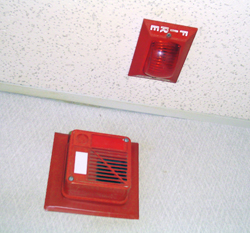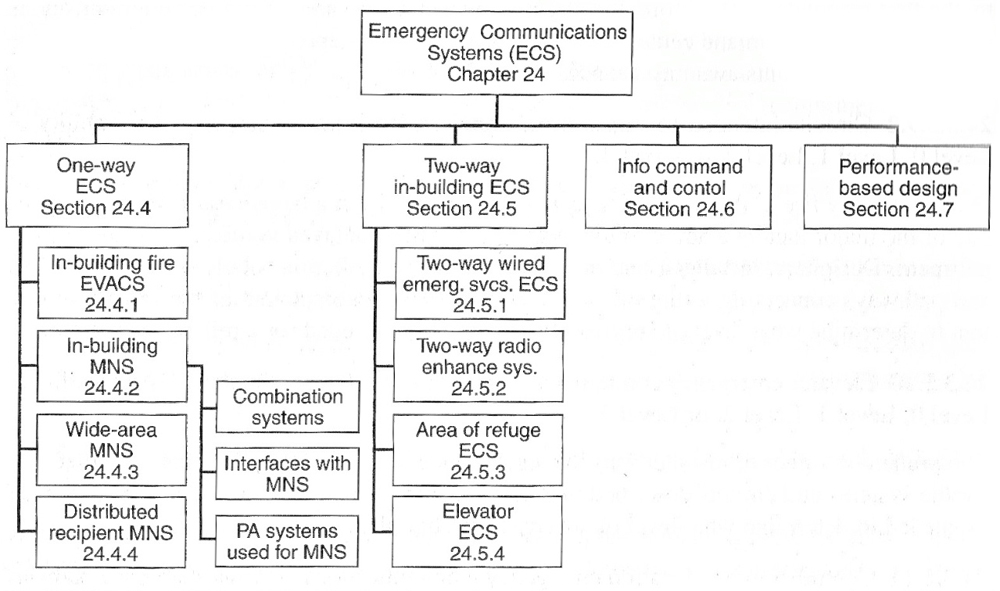I’ll bet you’re wondering, “Why is there an article on the new fire code on this site?”
Well, if you do any sound system installations in your business, the new fire code, 2010 NFPA 72 (National Fire Protection Association’s National Fire Alarm and Signaling Code), will have a huge impact on the fixed installation sound business.
It may be the biggest thing to increase the bottom line since everyone decided they had to have an 8-box line array system instead of a pair of two-way boxes on sticks.
For the first time in the history of the U.S. fire code, voice announcements can now supersede the fire alarm in a building emergency.
Due to events like 9-11 and campus snipers, the fire code now allows for emergency voice announcements to mute the fire alarm and take control of all communications in new-construction buildings with 300-plus occupancy spaces.
And here is the part that should interest us in the sound business and, frankly, scares the pants off those in the fire alarm business: these announcements must be intelligible, not just audible.
No more red 4-inch horn squawk box blaring incomprehensible gibberish at 100 dB.
Different Models
The reason this scares fire alarm contractors is that they’re afraid that the sound industry will take over their business because they don’t know anything about designing an intelligible sound system.
Unlike smoke detectors, simply putting loudspeakers spaced every so-many-square-feet won’t necessarily cut the mustard.
However, I don’t think that most of us in the sound industry will want to become adept as fire alarm contractors, either.
They deal with very strict fire codes, annual system testing, multi-year NICET certifications, low margins, etc.
It really is a very different business model from the sound contracting industry, let alone live sound companies that occasionally do installations.
So they do not have much to really worry about there. But, they will need our help.
It will be very difficult for a fire alarm company to acquire the chops to whip out a 3-D EASE, Modeler or CATT Acoustic model with the right loudspeakers in the right positions and quantities to be sure that the real system will comply with the code’s intelligibility requirements.
And then there are the various product lines they don’t carry or would sell enough of to maintain a dealership in order to support their sound business.
















